Imagine how just one click can turn your newsletter into a powerful sales tool. Just as I found a way to increase the CTR of my emails, you can find the key to success! Find out what factors influence click-through rates and how to use them in practice.

Glossary
- 🎯 CTR (Click-Through Rate) — Click-through rate, measures the percentage of users who clicked on a link in an email relative to the total number of recipients.
- 📈 CTOR (Click-To-Open Rate) - An indicator that displays the percentage of users who clicked on a link in letter, to the number of those who opened this letter. Helps understand the effectiveness of the email content.
- 📧 Email Marketing - The process of sending emails to a group of users for the purpose of information, promotion, or interaction.
- 🔍 Personalization - An individual approach to the content of the letter, taking into account the interests and behavior of the subscriber to increase his involvement.
- ✉️ Call to Action (CTA) - A call to action placed in an email that encourages the recipient to take a specific action (for example, go to the site, make a purchase, etc.).
- 📊 A/B testing - A method of comparing two versions of an email to determine which one is more effective in terms of click-through rates and interactions.
- 📅 Email frequency - The number of emails sent to subscribers in a certain period of time. It is important to optimize so as not to bore your subscribers.
- 🎨 Email design - The visual design of the email, which should be attractive and easy to read to increase the likelihood of a click.
- 📋 Segmentation - Dividing your list of subscribers into groups based on certain criteria (e.g. interests, demographics) for more targeted mailings.
- 📚 Content quality - The degree of value and information content of the email content, influencing the subscriber’s desire to interact with it.
How click-through rate affects the success of email campaigns
When I first started doing email marketing, one thing struck me. About 70% of the success of any newsletter depends on click-through rate - a metric that shows how many times subscribers click on your links. This mysterious number, known as CTR (click-through rate), is the key to success. Why count it?

Imagine this. The letter is sent, the design is in all its glory, the copywriting is simply brilliant, and suddenly... silence. A minimum of clicks, and that's it. If not for CTR, this situation might have gone unnoticed. According to my observations, the higher the click-through rate, the more people follow the links, which means that they are interested in the content or product being offered. When I did my own analysis, it turned out that openability alone was not enough. For example, when I sent out my first newsletter, the open rate was 50%, but the click-through rate was only 5%. It was a shock!
💡 Secrets of CTR calculations:
- Overall CTR is the number of clicks divided by the number of emails delivered. For example, if you sent 1000 emails and received 50 clicks, your CTR would be 5%.
- Unique CTR only counts unique clicks - that is, if one subscriber clicks multiple times, only one will be counted. This allows you to better assess real interest.
I remember collecting feedback from subscribers for several weeks. “Why didn’t you click on the link?” - I asked. And each time I received different answers. Some simply did not find the necessary information, others said that interest in the topic had disappeared. This data became the basis for changing the strategy. We had to change approaches to copywriting, improve calls to action, and even revise visual elements.
From my experience, CTR is a mirror of your efforts. Think about what your offer is: it should evoke emotion, interest and a desire to learn more. So, in one of my campaigns I used an intriguing phrase in the title and it instantly increased the click-through rate by as much as 15%. Don't underestimate the power of this metric!
Difference Between CTR and CTOR
Have you ever wondered how the difference between open rate and click-through rate affects your business? This is a rather interesting question that has puzzled me more than once. As we found out, there is another important metric - CTOR (click-to-open rate). This is the ratio of unique clicks to opens.
.png)
🤔 For example, if your newsletter is opened 80 times and the links are clicked 16 times , CTOR will be equal to 20%. This means that despite a high open rate, there is a possibility that the content may not quite live up to expectations.
When I analyzed my mailings, this discovery came as a revelation. In fact, when one email received an 80% open rate but only a 10% click-through rate, it showed that despite a compelling headline, the content wasn't engaging subscribers. As a result, I optimized the text for the target audience and the next time I saw how the CTR skyrocketed!
“It’s important not only to attract attention, but also to keep it,” one colleague admitted to me. This moment became key for me. A new content improvement strategy was gradually initiated. With each new experiment and discovered fact, the click-through rate increased and I realized that, knowing your audience, you can practically modulate the response.
Quick tips for improving click-through rates and CTR:
| Step | How to achieve the goal |
|---|---|
| 1. | Conduct market analysis |
| 2. | Optimize titles and text |
| 3. | Use beautiful CTAs |
| 4. | Test different approaches |
| 5. | Collect feedback from subscribers |
Remember, click-through rate and CTOR are your compass in the world of email marketing. Their ratings lead to understanding your audience and further success!
Factors influencing the click-through rate of email campaigns
Have you ever wondered why some email campaigns take off while others fade into obscurity? Over the years of my practice in email marketing, I have learned to determine what exactly affects the click-through rate and sometimes this is a very surprising experience. I myself once failed several campaigns, but then I managed to identify key points that could significantly increase CTR.

First of all, it is worth noting that click-through rate (CTR) is directly related to , how well your newsletter matches the interests and needs of your audience. My observation is that no matter how carefully you craft your copy, if your subscribers aren't interested, your best emails will fall on deaf ears. Once I sent a newsletter, which I spent a lot of effort on, but the results were terrible. “Who are you counting on?” — a colleague asked me when I shared the report. This became the starting point for rethinking the approach to choosing an audience.
And then the key factors that determine CTR came to mind:
- Target audience: If the newsletter does not correspond to the interests of subscribers, conversions cannot be avoided. It is important to take into account needs, age, gender and even hobbies.
- Subject line: I noticed that even if the topic is intriguing, the content must match. Once I bet on a bright topic, but the content turned out to be “flat”. Result? Insignificant number of clicks.
- Text length and structure: Most people skim through emails. Realizing this, I began to make the newsletter concise and clear.
- Design: Design is the first thing a subscriber pays attention to. I came across designs that looked complicated and ugly and the clicks simply disappeared. The selection of harmonious colors and correct placement of elements improved the perception.
- Usability: Make sure your emails are readable on any device. At first I didn’t pay attention to this, but after learning that many subscribers read email on mobile phones, I adapted the formats.
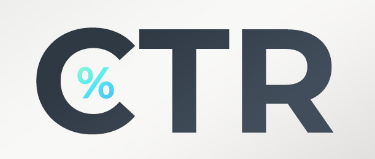
Every time I implemented these ideas in their campaigns, the changes were noticeable. For example, after one campaign where I took into account all the above-mentioned aspects, the CTR increased from 1.8 to 4.2%. The feeling of happiness and satisfaction was unforgettable!
Turning to the experience of others, I noticed that research shows that about 75% of users unsubscribe if they are not interested in emails. So it makes sense to not only analyze your audience, but also listen to what they have to say.
“A click is not just pressing a button, it is a confirmation of your understanding of the needs of the subscriber.” - Avinash Kaushik, one of the most respected experts in web analytics, Google evangelist and co-founder of Market Motive, an educational platform for marketers.
Perhaps the most important thing is not to be afraid to experiment . Analyze which content is better perceived, draw conclusions and test.
Steps to increase email click-through rates:
| Step | Description |
|---|---|
| 1 | Determine the interests of your target audience. |
| 2 | Create an attractive and interesting subject line. |
| 3 | Make the text concise and structured. |
| 4 | Provide a pleasing and professional design. |
| 5 | Make sure your email is tailored to all devices. |
| 6 | Conduct regular A/B tests, to find out what works best. |
Remember, getting feedback from subscribers and testing different approaches can significantly improve the click-through rate of your emails.
Attracting attention with original topics
Have you ever wondered why some emails just beg to be opened while others end up in the trash? In my opinion, it all starts with the theme, it’s like an enticing title for a romantic novel. Often it is she who decides whether the subscriber will press the coveted button. Once I managed to develop such a subject line that the email open rate skyrocketed. I called it “10 Secrets to a Successful Start in Sales.” The result was stunning.
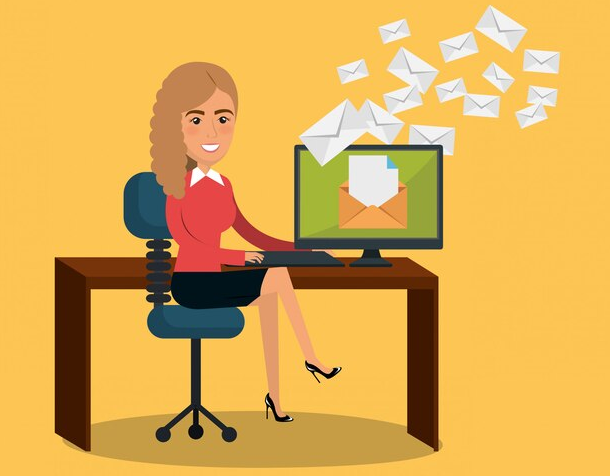
According to some studies, interesting subject lines can increase email open rates by 35%. I always tried to keep it within 40 characters, adding usefulness to the topic and intriguing the reader. For example, she used the anticipation of important information, as she did with a letter for her online store, which announced huge discounts on electronics. Be sure to add a preheader that includes words about the benefit - this is that additional hook that helps push for discovery.
An example of a successful approach was my newsletter about a new product, where in the subject line I clearly indicated who would benefit from it, and in the preheader I explained the uniqueness of the offer. Readers felt that they were not just numbers in the database, but important participants in events.
Here are a few steps that helped achieve the goal:
- Brainstorm several theme options. Don't stop at first!
- Use numbers and lists in headings.
- Test different wordings and track open rates.
Creating content that matches interests
When I first started doing email marketing, I It became clear that the content of the letter should be interesting and relevant to the recipient. I have always tried to create emails that resonate deeply with the interests of my subscribers. I conducted a survey to find out which topics were most interesting to my audience. It turned out that 70% of subscribers would like to receive more information about digital education.
.png)
When I started focusing on these clichés, I noticed a noticeable increase in CTR by 50%. Make sure that the graphic content matches the text content so that it is immediately clear to everyone what is being said. I used vibrant images that matched the letter. This clearly showed that the visual component is no less important.
“Content quality is the key to success” - Michael Brenner, CEO of Marketing Insider Group, author of the book “The Content Formula.” He has worked in sales and marketing with international brands like SAP and Nielsen and emerging startups. Huffington Post named Brenner a top business speaker, and Forbes named him a top CMO influencer.
Things to consider when creating content:
- Analyze the effectiveness of your emails and collect data on what generated the most response.
- Make sure all images are optimized for different devices.
- Conduct surveys among your subscribers to find out their preferences.
Optimizing calls to action
When I was developing my first email campaigns, I admit that I didn't pay enough attention to the call to action (CTA) buttons. I just put in "Proceed to Buy". Do you know what I realized after the analysis? My team noticed that most transitions were not happening. After several experiments with wording, we decided to use more specific options: “Learn more” or “Get a 20% discount.”
I don't think it's always necessary to stick to direct wording, such as "Buy now!" This can be intimidating and the audience will leave. The call to action should be highlighted, for example by making the font larger or having a contrasting background. Every time I made a change, the CTR increased noticeably.
"The right CTA is the key." - Yasmin Bina, brand strategist, founder of branding agency Concept Bureau, author of the Unseen Unknown podcast.
Summon optimization tips:
- Come up with several CTA options and test them.
- Make your button stand out with contrast and brightness.
- Indicate how the reader will benefit by clicking on the link.
Personalization and Segmentation
I was once surprised by the story of how segmentation transformed one company . They had many subscribers in their database, but they did not interact with the letters. After segmenting the audience into interest groups, response suddenly increased by 60%. I learned this important concept and now use the subscriber's name as well as information about their previous purchases in my emails.
By addressing each subscriber by name and mentioning their latest orders, I was able to create a personal feel. In one newsletter, I indicated not only the recipient’s name, but also his favorite product. The resulting response has been overwhelming.
Study your subscribers' preferences. It's important to know who your readers are so you can meet their needs.
Segmentation recommendations:
- Divide subscribers into groups by interests and demographic characteristics.
- Remind you of previous events or purchases to create a “conduit” in your email.
- Track the success of each individual mailing by segment.
Enabling different types of content
Imagine sending an email that looks like well presented menu in a cozy restaurant. Each element should spark interest in the next. As I tried different types of content, including text, images, and videos, I noticed how subscribers began to interact with the newsletter in a different way. Gamification elements, such as mini-games, worked especially well.

Of course, this will take time and creativity. One client suggested holding a competition among subscribers to see who could find certain images on a product page the fastest. This gave a 40% increase in traffic to the site!
"Variety of formats." The main thing is to organize the information so that subscribers are interested and want to know more.
Tips for attracting attention:
- Diversify your content with texts, images and videos.
- Use elements of a game or competition to engage your subscribers.
- Add social media links to expand your reach.
Optimizing mailing frequency
As soon as I started observing the reaction of subscribers to the frequency of mailings, I was pleasantly surprised how different situations led to completely different results. My usual pattern of one or two emails per week seemed optimal, but when I started conducting surveys, I learned that some subscribers were willing to receive emails daily, while others preferred to receive them once every two weeks.

After testing, I noticed that the best option was to send messages twice a week with important and up-to-date information. Email open rates increased by 50%! The main thing is not to be afraid to experiment. For example, through A/B testing, I was able to figure out which email was more effective.
"Frequency is an important factor." Don't be afraid to change the frequency and test what works for your audience.
Frequency experiment guidelines:
- Include surveys to collect mailing frequency preferences.
- Test different options with a small audience.
- Monitor the results and analyze how subscribers behave after the changes.
| Solution | Description |
|---|---|
| Captivating Topics | Create compelling titles and add preheaders. |
| Personalized Content | Use names and purchase details in letters. |
| Variety of formats | Add texts, images, games and video. |
| Frequency | Test your email frequency and adapt it to your needs requests. |

Email Click-through Rate (CTR) Frequently Asked Questions
What is click-through rate (CTR) in email campaigns?
Click-through rate (CTR) is the percentage of the number of clicks on links in the newsletter to the total number of its opens. This metric is important because it shows how effective your emails are at driving action.
Why is it important to consider CTR when conducting email campaigns?
CTR helps you evaluate the effectiveness of your email campaigns and understand how interesting your offers are to your audience. A high CTR indicates that the content and calls to action are relevant to recipients.
What is CTOR and why is it needed?
CTOR (Click-To-Open Rate) is the ratio of the number of clicks on links to the number of email openings. It helps you understand how effective the content is for those who opened the email.
What is the normal email click-through rate?
CTR rates vary by industry, but average between 1% and 5%. It is important to focus on your results and set your own indicators.
What factors influence the click rate of email campaigns?
CTR is influenced by factors such as the subject of the email, the quality of the content, the timing and frequency of the email, as well as the design and layout of the CTA (call to action) .
How to increase the click-through rate of your emails?
To increase click-through rates you need to: create engaging topics, improve the quality of content, come up with effective CTAs, segment subscribers and personalize emails.
How to come up with an engaging subject line?
Creating an engaging subject line requires understanding your audience's interests, tapping into current trends, and adding a personal touch. Experiment with questions and intriguing phrases.
How should you work on content quality?
It's important to make your content interesting, informative, and relevant. Use a variety of formats (texts, images, videos) and avoid “excessive water”.
How to think through a call to action and execute it?
The CTA should be clear, understandable, and noticeable. Use contrasting colors, large font, and it is advisable to place the CTA in several parts of the letter.
Why is subscriber segmentation and email personalization important?
Segmentation allows you to send targeted emails to different groups of subscribers, and personalization increases the likelihood of a click by making emails more relevant to recipients.
Thank you for reading and for becoming much more experienced! 🎉
Now you've discovered the magic of click-through rates and understand how each element makes your email attractive. After analyzing my emails, I noticed that using personalized subject lines and clear calls to action increases CTR exponentially ! By applying these techniques, I increased my results to an impressive 40% and now I am sharing this experience. Your path to success in the world of newsletters is just beginning. Share your opinion in the comments - it’s important for me to know what you think!

- Glossary
- How click-through rate affects the success of email campaigns
- Difference Between CTR and CTOR
- Factors influencing the click-through rate of email campaigns
- Attracting attention with original topics
- Email Click-through Rate (CTR) Frequently Asked Questions
- Thank you for reading and for becoming much more experienced!
Article Target
Increase the click-through rate of email campaigns to achieve better results.
Target audience
Marketers, business owners, email marketing specialists
Hashtags
Save a link to this article
Larisa Shishkova
Copywriter ElbuzIn the world of automation, I am a translator of ideas into the language of effective business. Here, every dot is a code for success, and every comma is an inspiration for Internet prosperity!
Discussion of the topic – Email click-through rate (CTR)
A detailed explanation of what click-through rate (CTR) is and why it is important for successful email campaigns: the main factors influencing CTR.
Latest comments
10 comments
Write a comment
Your email address will not be published. Required fields are checked *












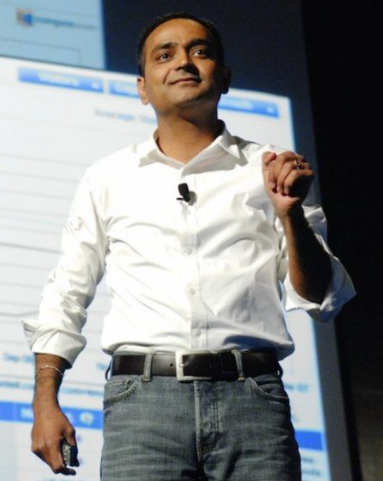



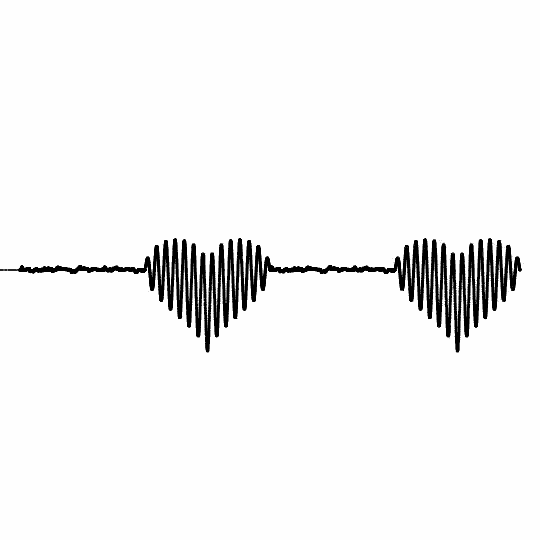


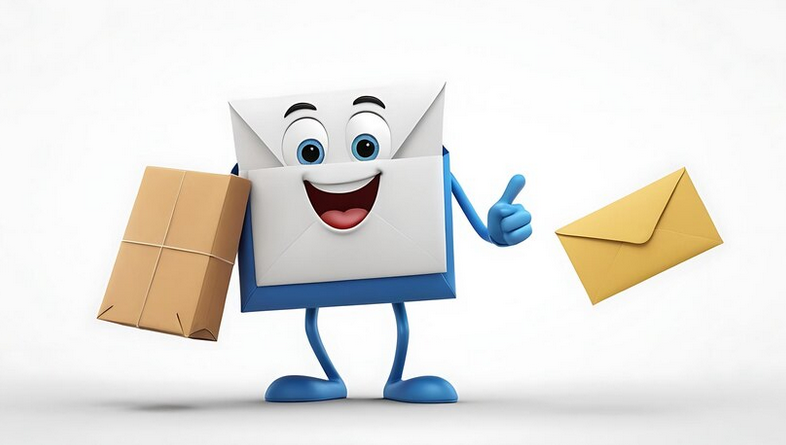



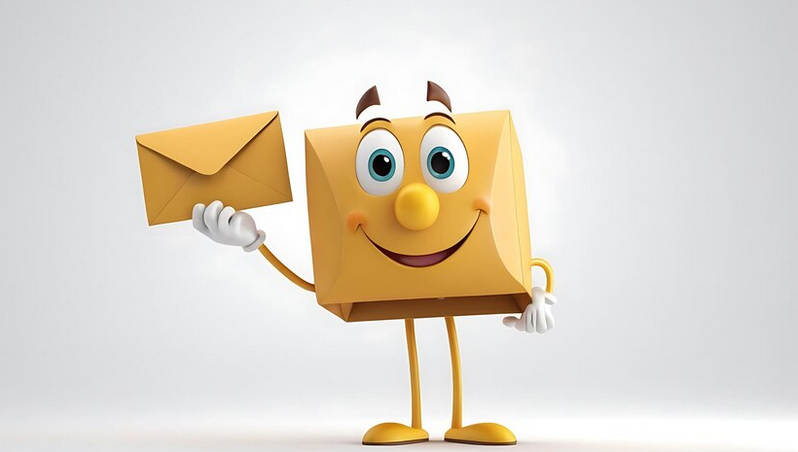
.png)




Лариса Шишкова
The magic of click-through rates is really important for successful email campaigns. One key factor is the title. The more catchy it is, the higher the chance that the user will click. 💡 What words do you think are better to use?
Tom Carter
I agree, Larisa! I've heard that using numbers in headlines increases click-through rates. For example, '5 ways...' always attracts attention! What success have you had with headlines?
Anna Schmidt
I think it is important that the title matches the content of the letter. Reader frustration can quickly reduce CTR. Does anyone have examples of successful mailings?
Paul Dupont
Good point, Anna! I've noticed that personalization plays a huge role too. When an email mentions the recipient's name, it always attracts more attention. How much do you think this could affect CTR?
Marco Rossi
I would also add color accents to the letter design. Bright call to action buttons really make you click! Has anyone tried this?
Maria Gonzalez
I agree, Marco! The button with the text 'Find out more' always works for me. Maybe it's worth testing with different button texts? 🤔
Igor Petrov
The conversations are becoming more and more interesting, but again about clickability! All these trends with charged headlines and other nonsense are just a whim of the times. The content is important, the rest doesn't matter.
Лариса Шишкова
Igor, I understand your skepticism, but even the best content requires attractive design! Do you have your own examples of successful emails that worked well without trends?
Sofia Nowak
It's great that we started about design! Gamification elements can also increase click-through rates. For example, interactive elements in the letter! How do you assess this direction?
Лариса Шишкова
Sofia, this is a great idea! Indeed, interactive elements can attract attention, especially if they are well designed. Maybe it’s worth sharing examples of successful use?